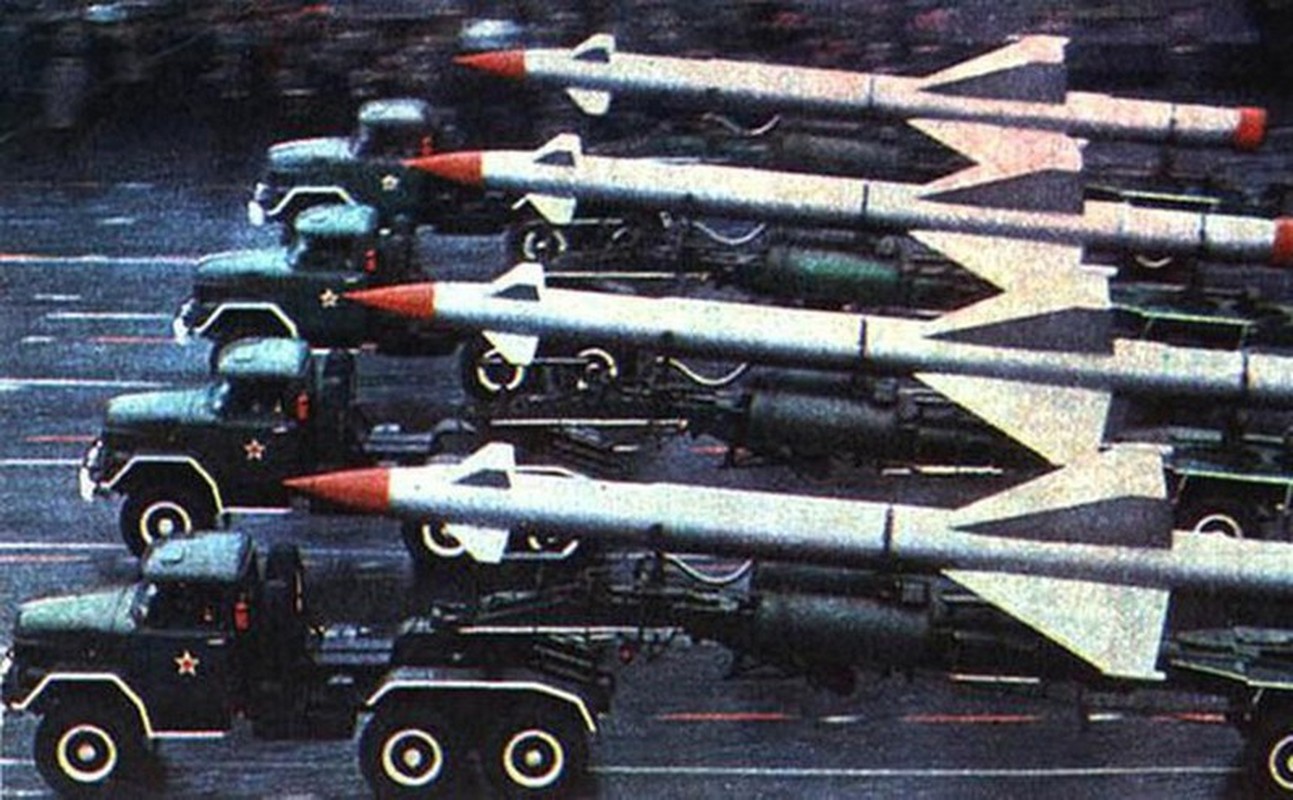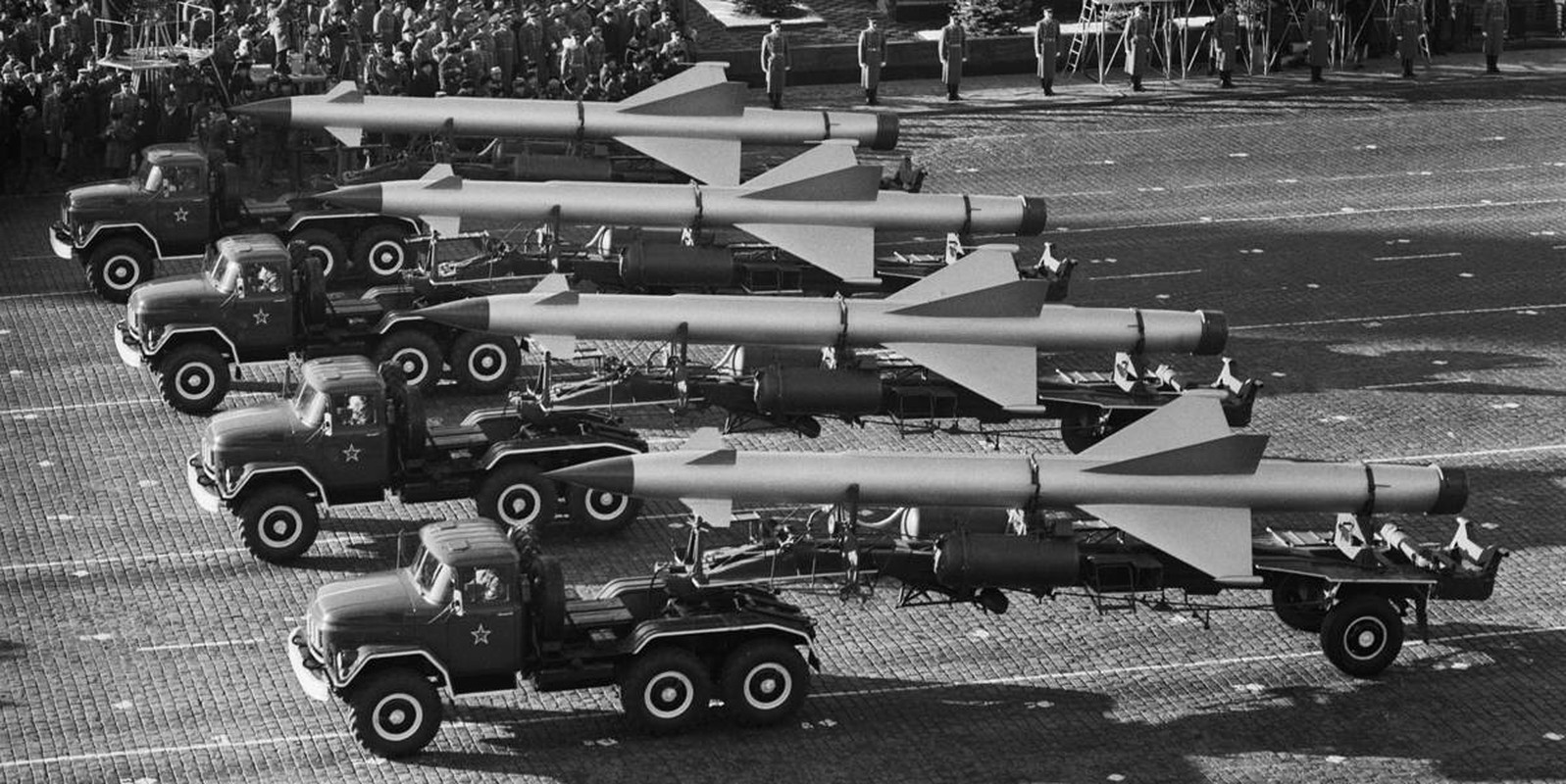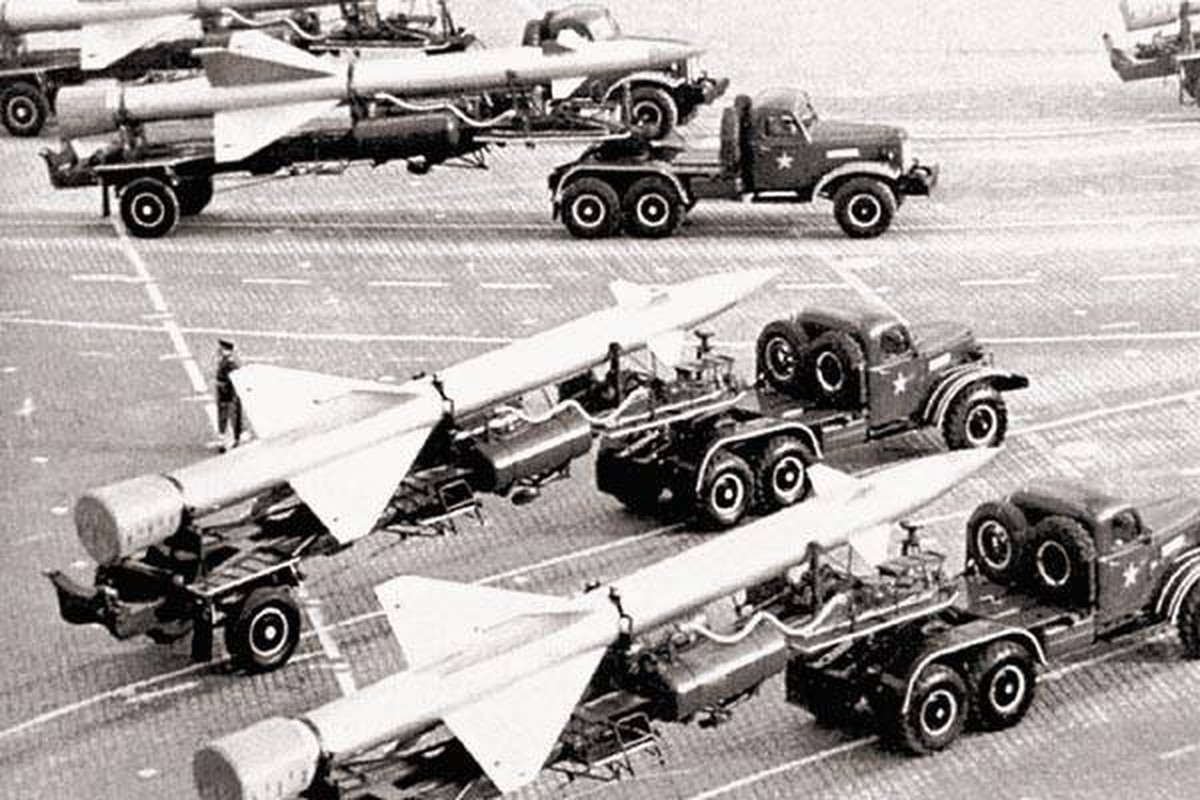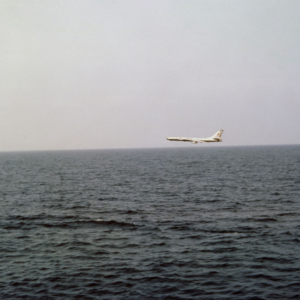The Berkut air defense missile is also known as the S-25, NATO calls it the SA-1 Guild, S-25 is the abbreviation of Systema 25, which refers to the entire missile, radar and launcher system. The system components include the V-300 missile, the R-113 and B-200 radars, and the A-11/A-12 antenna for the B-200.
The S-25 air defense missile can hit targets at a speed of 1,500 km/h at an altitude of 20 km, with a maximum range of 35 km. According to many military experts, the Berkut air defense system in the 1950s was the most advanced air defense system in the world.
The Berkut missile system for many decades of the 20th century was always considered a solid shield protecting the sky of the Soviet capital, even until the 1980s, that is, after 30 years of being built, Berkut was replaced from the Soviet air defense system.

Born at the dawn of the missile era, so the Berkut air defense missile system, inevitably had certain shortcomings.
First, the Berkut air defense missile system was very expensive to build and maintain. Therefore, only the Soviet capital Moscow had enough financial capacity to equip this missile complex. Even because of the high cost, the plan to build a missile complex to defend Leningrad was cut, not to mention other cities in the Soviet Union.
Second, the Berkut air defense missile system was fixed, not mobile. This disadvantage makes the S-25 an excellent target for enemy aircraft in the event of an armed conflict.
Third, the Berkut air defense missile system was designed only to deal with bombers, but when it came into operation, bomber tactics changed constantly. Bombers operated in small units, so they were harder to destroy.

The S-25 was continuously upgraded by the Soviet Union to ensure defense against nuclear attacks. The original version was capable of shooting down aircraft with a speed of 1,500 km/h at an altitude of 15 km. After being upgraded and modernized, the Berkut could intercept cruise missiles with a speed of up to 4,300 km/h at an altitude of 0.5-35 km. The firing range was also increased to nearly 60 km.
But the upgrade packages only helped the Soviet Union maintain the operation of the S-25 shield until the early 1980s. By this time, the Berkut air defense system was outdated and no longer capable of modernization to deal with modern threats.
To overcome the shortcomings of the Berkut missile system, Soviet engineers developed a mobile air defense missile system and the S-75 mobile air defense system was born, this air defense system was developed on the basis of the Berkut air defense system.

The S-75 used the V-750 missile. In addition, the SM-63 launcher and the PR-11 transport vehicle were developed. In 1957, the S-75 air defense system began to be put into operation.
The S-75 was born to ensure the mobility of the air defense system and reduce production and maintenance costs. During the Cold War, the Soviet Union exported this air defense system to Algeria, Vietnam, Egypt, Iraq, Libya, Yugoslavia, Syria and many other countries.
Throughout its history, the S-75 air defense system has participated in many conflicts, including the Vietnam War, the Arab-Israeli War and the Persian Gulf War, the S-75 has been considered one of the most dangerous and feared air defense systems in the world.
News
How Hezbollah & Israel counter-attack after the Lebanon Explosion
How Hezbollah & Israel counter-attack after the Lebanon Explosion This is how Hezbollah responded to Israel after the sophisticated pager and walkie-talkie explosions, which occurred across Lebanon. They retaliated by launching guided missiles for the first time. The three strikes…
[MUST WATCH] In pictures: The deadliest day in Lebanon in nearly a year of conflict
In pictures: Israel strikes hundreds of Hezbollah targets in Lebanon Israel attacked hundreds of Hezbollah targets on Monday in airstrikes, making it the deadliest day in Lebanon in nearly a year of conflict. Smoke billows over southern Lebanon following Israeli…
BREAKING NEWS: US sends more troops to Middle East as violence rises between Israel and Hezbollah
US sends more troops to Middle East as violence rises between Israel and Hezbollah Violence between Israel and Hezbollah is raising risk of a greater regional war. WASHINGTON — The U.S. is sending a small number of additional troops to the…
Easy Company Facts Even Hardcore Fans of ‘Band of Brothers’ Don’t Know
Photo Credit: HBO / Getty Images HBO’s 2001 miniseries, Band of Brothers, has continued to gain popularity in the decades since its release. This is partly due to later generations having greater access to the series – in particular, via…
Mighty MO – USS Missouri (BB-63) Video and Photos
There are three other ships in the United States Navy which were named after the state of Missouri besides the battleship USS Missouri (BB 63), and although she became associated with the history of the Japanese raid at Pearl Harbor, she…
A Soviet TU-16 medium jet bomber flies past the anti-submarine warfare support aircraft carrier USS Essex
That Time A Soviet Tu-16 Badger Crashed Into The Sea After Buzzing A U.S. Aircraft Carrier A screenshot from the video filmed aboard USS Essex shows the Tu-16 Badger flying very low close to the aircraft carrier. Low pass with…
End of content
No more pages to load











